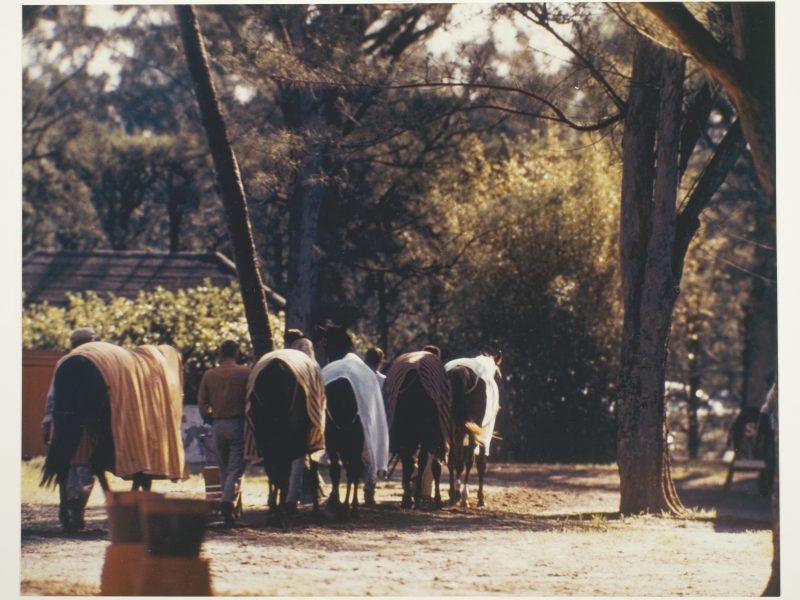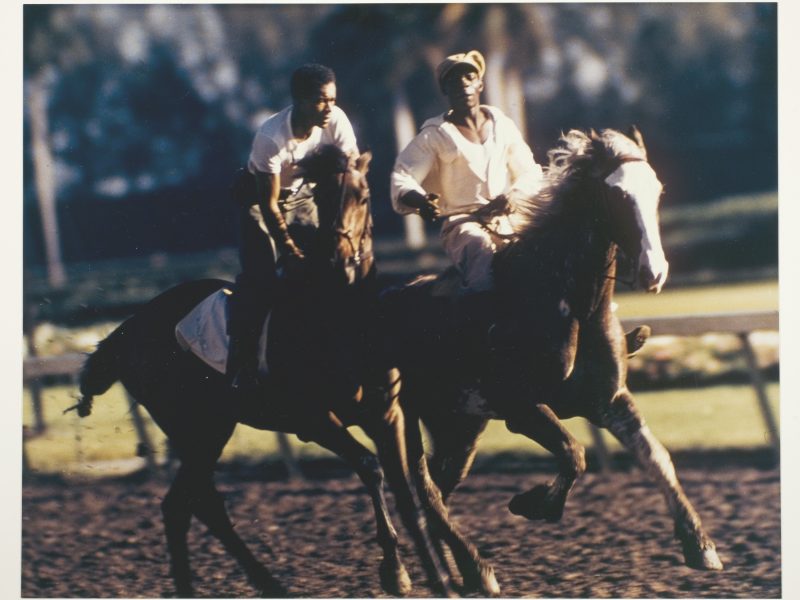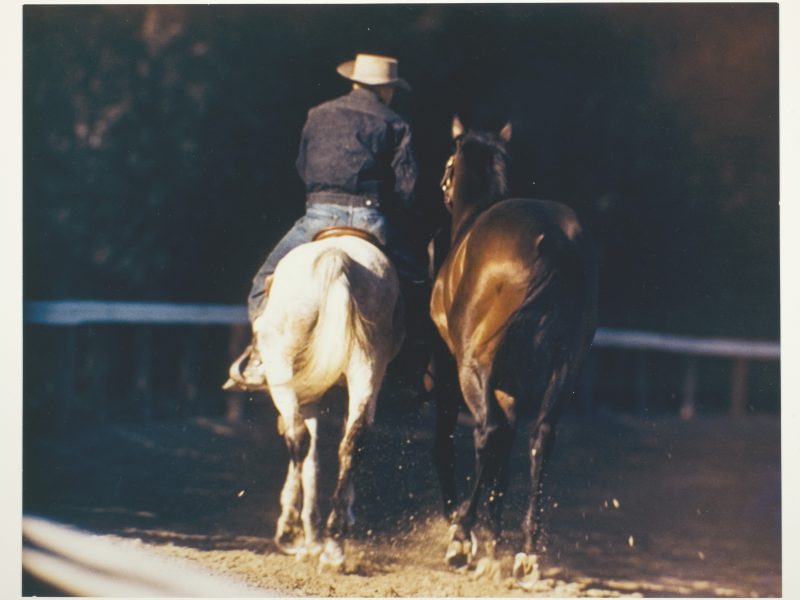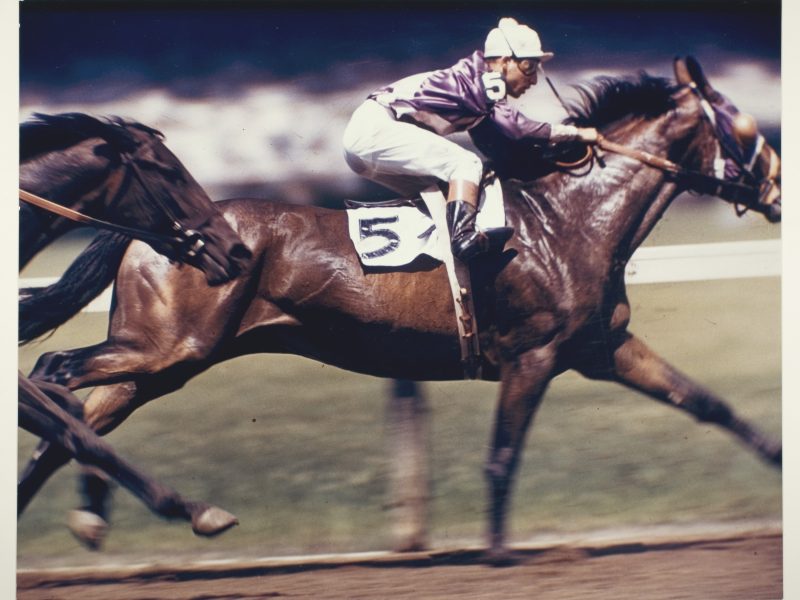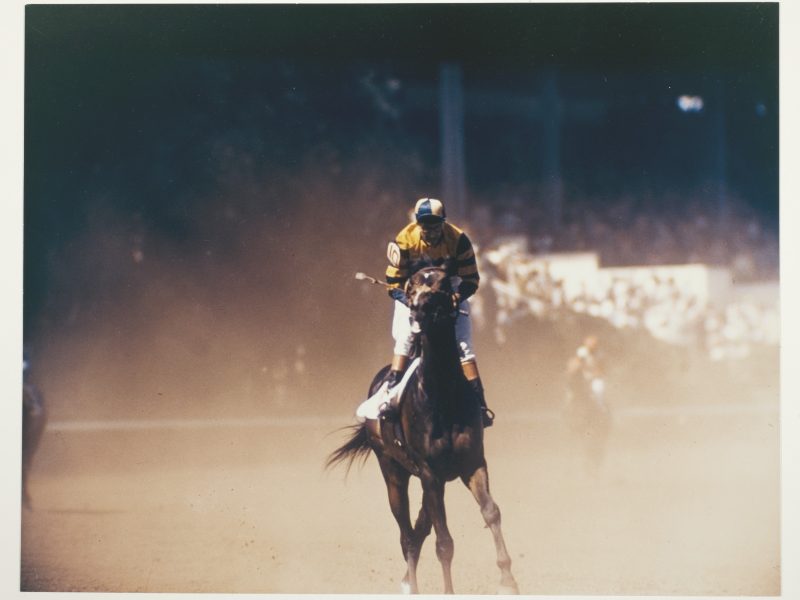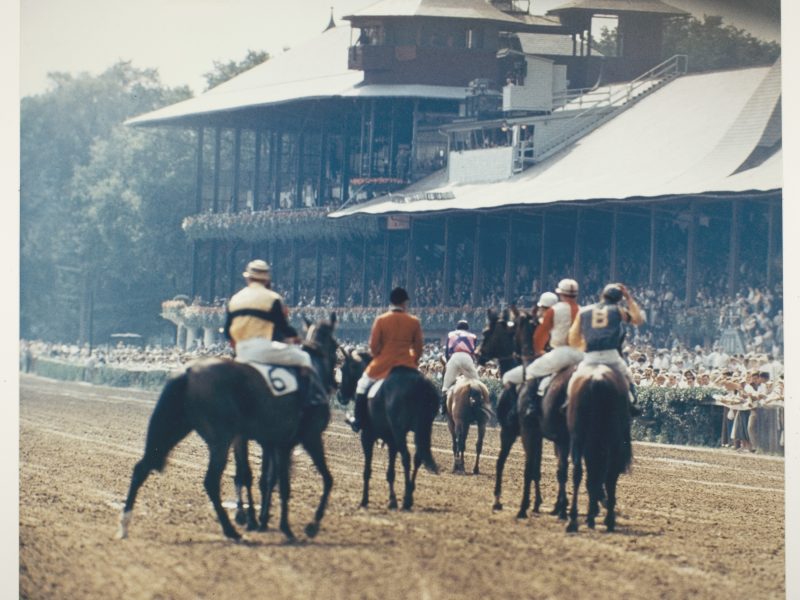Robert Riger
Robert Riger (American, 1924–1995) was one of the most acclaimed visual interpreters of sports in his day. After serving in the Merchant Marine during World War II, Riger graduated from the Pratt Institute and began working on magazine layouts for Esquire and the Saturday Evening Post. He made his first sports drawing in 1945, becoming a regular contributor to Sports Illustrated in 1954; over the course of his career, the magazine published more than 1,200 of his drawings. Riger initially used a camera as a research tool for his drawings but soon discovered that the preparatory photographs could be ends in themselves. From 1950 until his death Riger copyrighted more than ninety thousand negatives, and he published several books of sports photographs, including The Pros (1960), The American Diamond (1965), Man in Sport (1967), and The Athlete (1980), among others.[1] Toward the end of his career, he directed his energies to television, working for ABC’s Wide World of Sports, and won several Emmy awards.
Hugh Edwards was one of Riger’s most vocal supporters in the museum world. In letters to curators and publishers such as Peter Bunnell, Robert Delpire, Robert Doty, and Beaumont Newhall, he compared Riger to an Italian Renaissance painter; the photographer’s facility in rendering the complete gesture, Edwards argued, kept motion alive rather than fractured and stilled. Edwards included Riger in three separate exhibitions at the Art Institute—the only artist to whom he accorded such an honor. In 1962 he included Riger’s work in a display of some one hundred photographs titled The Pros: A Documentary of Professional Football in America, which expansively examined the culture of American football (Edwards fondly recalled receiving members of the Chicago Bears at a luncheon for the show). Riger, Edwards wrote for a brochure accompanying the exhibition, “is able to suggest what comes before and after each flash of movement he catches and he realizes for us these abstracts of rounded and rhythmical gesture.”[2] Two years later, Edwards organized The Track: Photographs in Color by Robert Riger, featuring color photographs of horses, trainers, jockeys, and owners, and acquired twenty works from the series for the collection. And in 1969 the Art Institute hosted a massive traveling exhibition organized by Riger for the Baltimore Museum of Art, Man in Sport. Featuring 642 photographs (more than half in color) from seventy photographers around the world, including Riger, the show—which covered, as the press release put it, “every sport from football to falconry”—was an enormous hit with attendance over 250,000.[3] At a time when color photography was still largely the province of the commercial world, Edwards embraced it as part of his museum program. The popular response to these three exhibitions proved to the curator that photography celebrating ordinary people and pastimes could resonate beyond a limited art audience to everyday Americans.
[1] Robert Riger and Hamilton Maule, The Pros: A Documentary of Professional Football in America (Simon and Schuster, 1960); Branch Rickey and Robert Riger, The American Diamond: A Documentary of the Game of Baseball (Simon and Schuster, 1965); Robert Riger, Man in Sport: An International Exhibition of Photography (Baltimore Museum of Art, 1967); Robert Riger, The Athlete: Writings, Drawings, Photographs and Television Sports; An Original Collection of 25 Years of Work (Simon and Schuster, 1980).
[2] Edwards, The Pros: A Documentary of Professional Football in America, exh. brochure (Art Institute of Chicago, 1962).
[3] Edwards, press release for Man in Sport, 1969, on file in the Photography Department, Art Institute of Chicago; see also attendance figures for the exhibition, on file in the Photography Department, Art Institute of Chicago.
